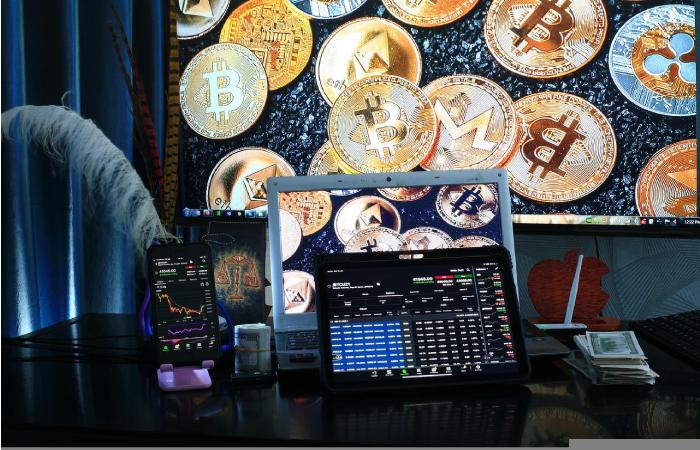Lockchain or blockchain technology is one of the recent years’ most innovative and disruptive concepts. However, sometimes it isn’t easy to understand what a blockchain is.
And it is that according to the report published by MarketsandMarkets in 2022, the global blockchain or blockchain market is expecte to grow from 5 billion dollars in 2020 to almost 40 billion dollars in 2025. It corresponds to average annual growth of 67 % over one year until 2025.
Table of Contents
What is Blockchain or Blockchain?
Blockchain is a technology founded on a chain of public and decentralize operations blocks. This technology generates a shared database that its participants can access and track every transaction they make. It’s like a giant immutable share ledger written by many computers at the same time.
The information stored on this network depends on the purpose for which it was creat. For example, it can be a network storing payment data (cryptocurrency or cryptocurrencies). Medical information, logistics or food traceability data, or even electoral data counts.
The difference between a blockchain and a centralized network (a traditional server that stores data) is that the blockchain runs on multiple computers globally rather than in one location.
How does Blockchain Technology Work?
The blockchain remains a record of all transactions stored and communal publicly. So-called miners are responsible for proving these transactions. They are then add to the chain and distributed to the nodes that make up the network.
Let’s see what each of these elements consists of:
Blocks
A block consists of a series of transactions. Everyone is part of the blockchain. Bit2me, a company specializing in bitcoin and its technology, defines each of the elements that make up a block:
- An alphanumeric code associated with the previous block.
- The “package” of transactions it contains (the number determined by various factors).
- Another alphanumeric code that links to the next block.
The next block being execute attempts to use calculations to determine the alphanumeric code that linked the previous block to this one.
Minors
Miners are computers/chips responsible for verifying all transactions. When a person completes a block or makes a transaction, they receive a reward in bitcoins.
Node
A node is a computer/chip connected to the Bitcoin network. It is use to store and distribute a current copy of the blockchain. Therefore, each newly confirmed block is add to the blockchain, and the fraud that each node keeps.
Types of Blockchains

Blockchain technology has evolved through leaps and bounds over the past ten years. The strong ability to innovate in data documentation and storage methods has not gone unnoticed by governments and private companies. Therefore, they also wanted to build private blockchain networks (with restricted access).
We’ll go through the different types of blockchains that exist based on where they run and who has access to them.
Public Blockchain
These are the most famous examples, such as Bitcoin and Ethereum. Being public means, they are accessible to any user globally (essential a computer and an internet connection). The counterpart of a public blockchain remains its safety organization because the larger the number of users, the higher the equal of security we need. Therefore, it stays where the consensus protocols and security measures come in, which we will see later.
Private Blockchain
Private blockchains are characterize through the detail that access depends on a central entity (company, organization or person) in contrast to public blockchains. However, the elements are the same as in a public blockchain. One of the most famous examples of private blockchains is the Hyperledger Network.
When a blockchain network is private (not publicly accessible), but its access and control is in the hands of an assembly of companies/individuals, it is referring to as a blockchain consortium.
In the image under, we can see the different blockchain types we discuss in a Venn diagram where we can see how they are categorize based on the level of data protection.
What are Smart Contracts?
One of the advantages of 2nd generation blockchains like Ethereum is programmable blockchains. They allow us to host “instructions” or programs on the blockchains to perform tasks and instructions when certain conditions are met.
These programs are call smart contracts or smart contracts. For example, we can host a contract where the distribution of an inheritance is automate once the condition of the death of the owner and issuer of the contract is met.
Conclusion
The blockchain or “chain of blocks” is a technology that allows the creation of networks of devices without a centralized and localized server to connect them. Instead, it works like a ledger, recording the purchase, sale, or other transaction.
Also Read: What is a Business Phone System? – Types and More
